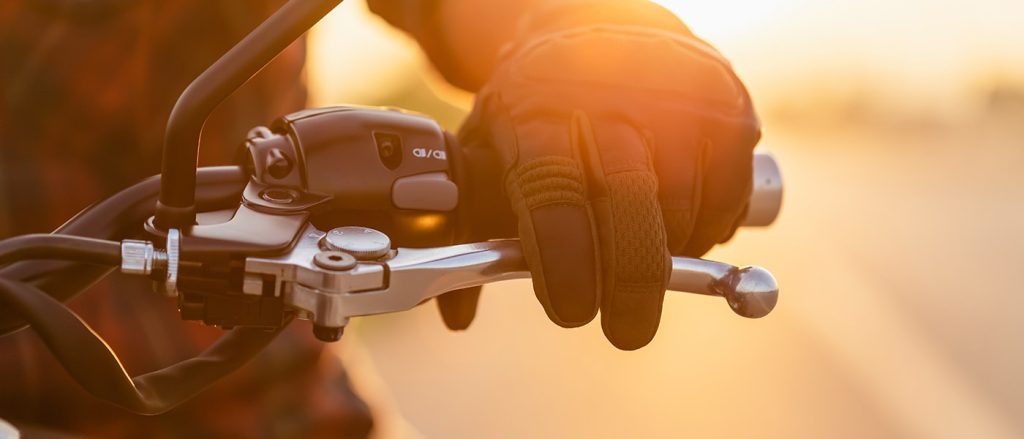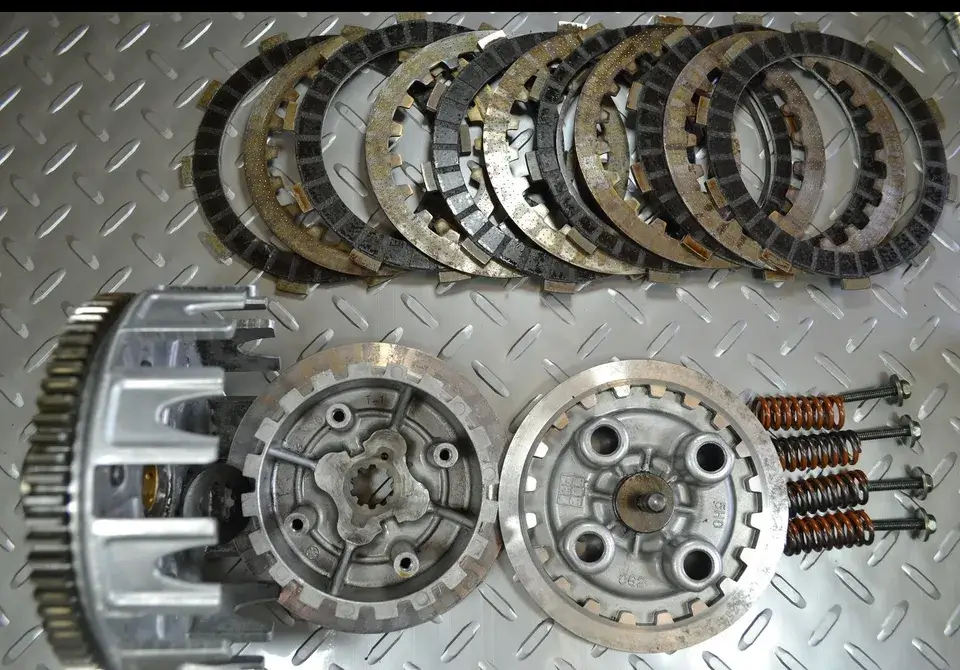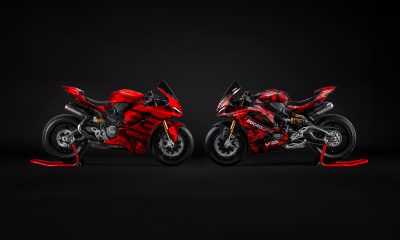A Detailed Look at How Your Motorcycle’s Clutch System Transfers Power, Helps You Shift Smoothly, and Keeps Your Riding Experience Controlled and Comfortable

Subscribe to our Instagram Channel for instant news & updates!
The clutch is an essential component of a vehicle and motorcycles are no exception. Every time you pull away from a traffic light, change gears on a highway, or slow down for a corner, your motorcycle’s clutch plays an essential role. It allows the engine to stay running while you control how much power reaches the rear wheel. Without this system, riding a motorcycle would feel jerky, unpredictable, and unsafe. Understanding how the clutch works helps riders to improve smoothness, protect the engine, and prolong the life of the transmission.
What Exactly Is a Motorcycle Clutch?
A motorcycle clutch is a mechanical device that connects and disconnects the engine from the gearbox. When the clutch is engaged, power flows freely from the engine to the transmission and then to the rear wheel. When the clutch is disengaged, that flow of power is interrupted, allowing you to shift gears or keep the bike idling without moving forward.
In most modern motorcycles, the clutch uses a series of metal and friction plates stacked together and pressed by springs. These plates rotate at different speeds depending on whether the clutch is engaged or not. The way they touch or separate from each other determines how much power is transferred.
How the Clutch Engages and Disengages Power
When you pull the clutch lever, the pressure on the clutch plates is released. This causes the friction plates and steel plates to separate slightly. Even though they may still spin, they no longer grip each other tightly. This is what disconnects the engine from the rear wheel, giving you time to shift gears smoothly.
Releasing the clutch lever allows the springs inside the clutch to press the plates back together. As the plates grip each other again, power flows from the engine to the transmission. The gradual release of the lever, often called “feathering the clutch,” lets riders control how smoothly the bike starts moving. This is especially important during low-speed manoeuvres, uphill starts, or riding in heavy traffic.

The Key Components Inside a Motorcycle Clutch
A typical motorcycle clutch is made up of several important parts working together. The friction plates create grip, while the steel plates provide stability and heat resistance. Pressure is applied by clutch springs, which can be coil springs or a diaphragm spring depending on the motorcycle design. These parts are housed inside a clutch basket, a drum-like component that holds everything together. The clutch hub sits at the centre and connects directly to the transmission.
Each part is designed with precision because the clutch deals with high rotational speeds, heat, and constant engagement and disengagement. Understanding these parts helps riders identify early signs of clutch issues such as slipping, hard gear shifts, or unusual vibrations.
Wet vs Dry Clutches: What’s the Difference?
Most motorcycles use a wet clutch, which operates inside an oil bath. The oil helps reduce heat, minimise wear, and provide smoother engagement. Wet clutches are durable and ideal for daily riders and high-performance bikes.
A dry clutch, found in some sport and racing motorcycles, works without oil. This makes the engagement feel sharper and more direct, which is preferred by some riders. However, dry clutches tend to wear faster and produce more noise. Each type has its own advantages depending on the riding style and motorcycle design.

Why Proper Clutch Control Is Important
Smooth clutch control can make a huge difference in your riding experience. A well-timed release helps prevent jerky starts, protects the transmission from excessive strain, and improves overall safety. Riders who practise good clutch habits also enjoy better fuel efficiency and longer clutch lifespan.
Poor clutch control, on the other hand, can lead to overheating, faster wear of friction plates, and difficulty when shifting gears. Understanding how the clutch works inspires better riding techniques and helps riders diagnose problems early.
Conclusion: Mastering the Heart of Smooth Riding
The motorcycle clutch is more than just a lever on the handlebar. It is a finely engineered system that gives you precise control over your motorcycle’s power and performance. By understanding how it works, riders can improve their technique, maintain their bike better, and enjoy smoother and safer journeys on the road. If you’re new to motorcycles or simply want to refine your skills, learning how the clutch operates is an essential step toward becoming a more confident and capable rider.































Facebook
Instagram
X (Twitter)
YouTube
LinkedIn
RSS